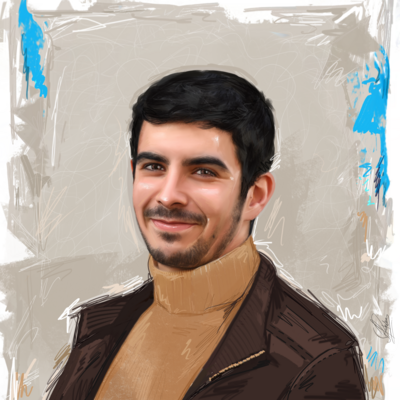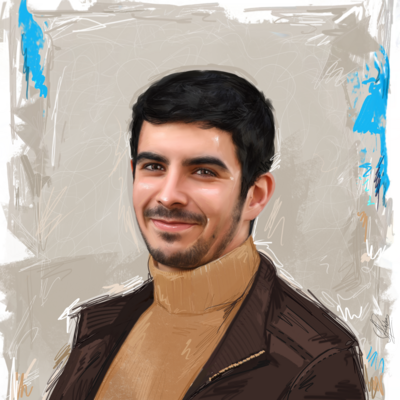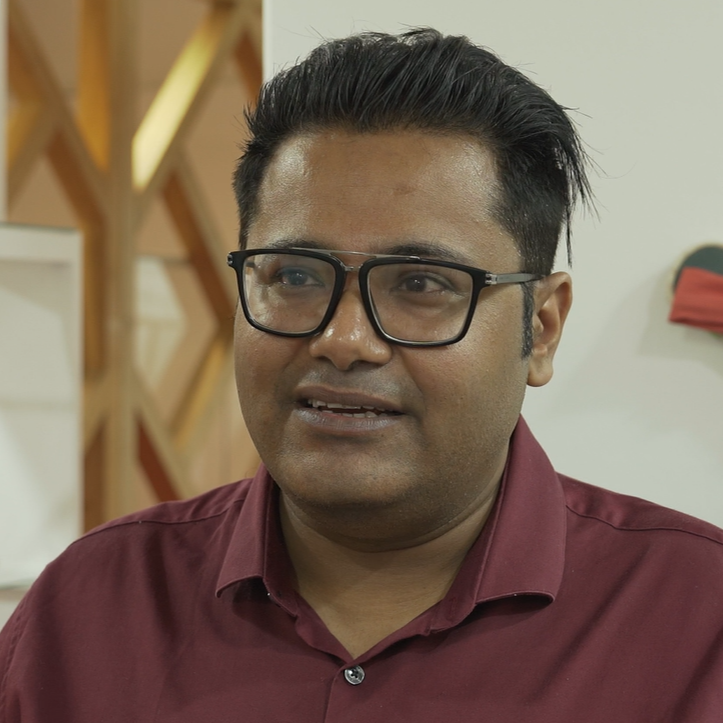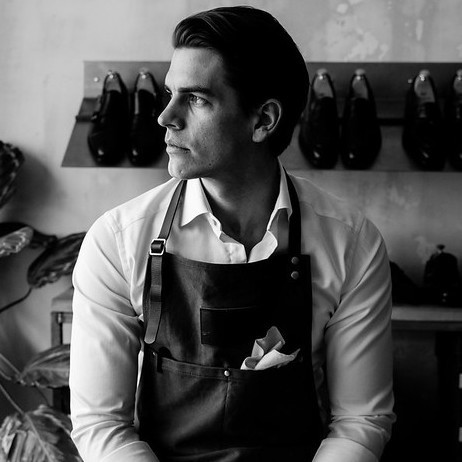Register to continue reading for free
Cristiano Magnoni from Crimagno Earth: we design with purpose
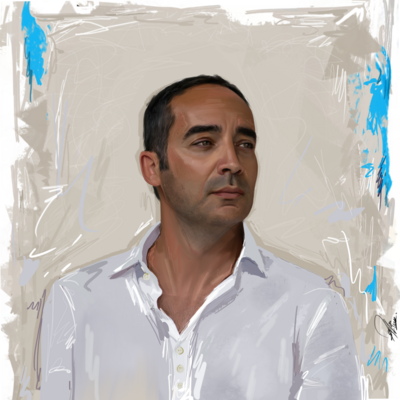
We spoke with Cristiano Magnoni, founder of Crimagno Earth, to learn more about his footwear venture. As his goal is not simply to create footwear, but rather to rethink what shoes can be, we explored his industrial approach to design, use of sustainable materials, local sourcing and his perspective on the sector
Crimagno Earth is a footwear startup founded on both a personal design journey and an acute awareness of environmental urgency. Cristiano Magnoni, its founder alongside Gabriele Biandina, drew on a background in industrial design and a family history in natural rubber sole production to merge creative inner passion with sustainability.
“After several years working as a consultant for major brands, I began to feel a growing need to create something more personal, something that would truly reflect both my vision of how a business should be run and my long-standing passions”, Magnoni shares. The brand emerged from a moment of inspiration during a trip, reigniting a long-held desire to make shoes. This time through a redefined, purposeful lens.
At the core of its philosophy is a belief that businesses must actively respond to ecological crises, offering alternatives that benefit both people and the planet. According to the founder, “We believe that a new standard is not only necessary but entirely possible. The market is ready, and the Earth is calling for it”.
The result is a company that sees footwear not only as fashion, but also as function. Crimagno Earth aims to create real value by prioritising sustainability and design innovation. “My background in industrial design allows me to approach shoes not as fleeting fashion items, but as essential tools for the body. They must be built to last, both in terms of quality and design, using advanced and responsible materials”, Magnoni highlights.
Approach
Rather than follow fashion industry conventions, Crimagno Earth takes an architectural, industrial design approach, integrating principles typically found in automotive and product engineering. This mindset has led the team to prioritise longevity, functionality and health benefits in their footwear, treating shoes as bionic extensions of the body rather than accessories.
“One of the first questions that inspired our work was: why do we throw away so many shoes?”, he continues, “One of the clearest answers we found is that many shoes are beautiful but uncomfortable”. As a result, Crimagno Earth incorporates orthopaedic expertise into its design process to create footwear that not only serves its purpose but also actively supports foot health.
Crimagno’s first model, Kobi, is designed with ergonomic precision, including a split sole that mirrors the natural movement of the foot’s tarsal joint. “This type of functional innovation is made possible through a rigorous design process rooted in scientific research and ergonomic principles. We are currently working toward certification as a Class 1 medical device”, the founder emphasises.
Materials
Material innovation is central to Crimagno’s strategy. The brand uses only certified, traceable materials sourced primarily from Italy, Switzerland, or neighbouring European countries, “who share our values of transparency and innovation”. Each component undergoes rigorous in-house testing for durability and long-term performance to ensure it can withstand the demands of everyday wear.
Sustainability, however, extends beyond materials. Crimagno Earth has developed an end-of-life strategy for its shoes, collecting worn-out pairs and repurposing them into athletic track surfaces or acoustic panels. “This process is supported by a commercial incentive that encourages customers to return their worn-out pairs in exchange for credit toward their next purchase. A benefit for both the customer and the planet”, Magnoni highlights.
Local Sourcing
Operationally, Crimagno’s production model is hyper-local. Over 90% of its suppliers are based within an 80-kilometre radius of the production hub in Vigevano, Italy. This close network not only enhances quality control and agility but also significantly reduces the company’s logistical carbon footprint.
“This decision has allowed us to build deep relationships with our partners and maintain full visibility over the entire process, from materials to final assembly. It also gives us the flexibility to adapt quickly, solve problems in real time and ensure that every product meets our standards of quality and craftsmanship”, Magnoni shares. Challenges do arise, especially in scaling or coordinating production timelines, but the brand sees these as manageable trade-offs for a more responsible manufacturing model.
Most importantly, maintaining a short supply chain is crucial to lowering our environmental impact. Reducing the distance materials travel between production sites helps us significantly decrease carbon emissions, which are often overlooked in global manufacturing logistics. “For us, sustainability is not just about using better materials, but also about rethinking the way products are made and moved”, the founder emphasises.
Industry
For the industry as a whole, future opportunities lie in simplifying shoe design for disassembly, adopting regenerative materials and investing in scalable take-back infrastructure. Brands that can align sustainability with performance and aesthetic appeal will be best positioned for long-term success.
Crimagno’s team believes that collaboration will be essential. Shared certification frameworks and industry-wide cooperation could accelerate the adoption of sustainable standards, especially for newer technologies or practices that lack established guidelines.
“From our experience, it is much easier for a startup to adopt sustainable protocols from the beginning than for large, established companies to convert entire production lines. This conversion involves high costs, and unfortunately, many companies lack the urgency or awareness to prioritise sustainability”, Magnoni shares. For the bigger players, the founder believes that the only real chance for a shift is through strong market demand and legal regulations.
Vision
“In essence, we do not follow trends. We design with purpose. Our goal is to create timeless, intelligent products that leave a lasting impression and a lighter footprint”, Magnoni highlights. Ultimately, Crimagno Earth challenges conventional assumptions about what footwear should be. By applying the discipline of industrial design and committing to environmental responsibility, it offers a compelling alternative in a sector hungry for innovation.
Image Credits: Art by Sofia Pádua



